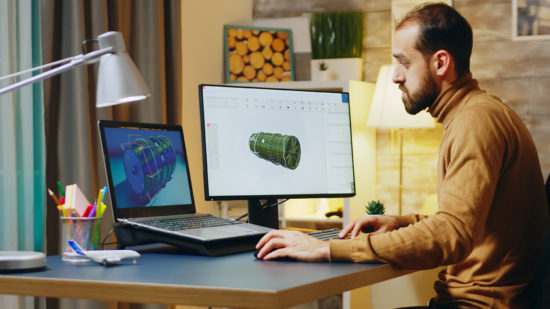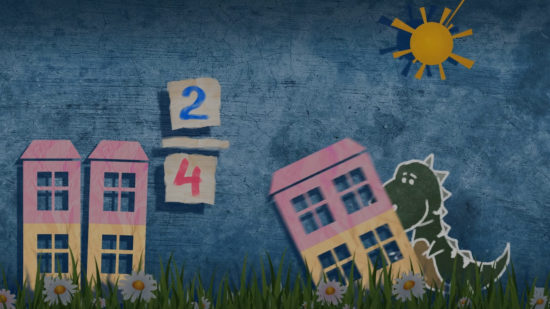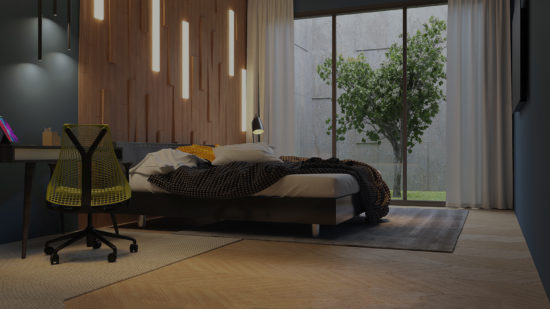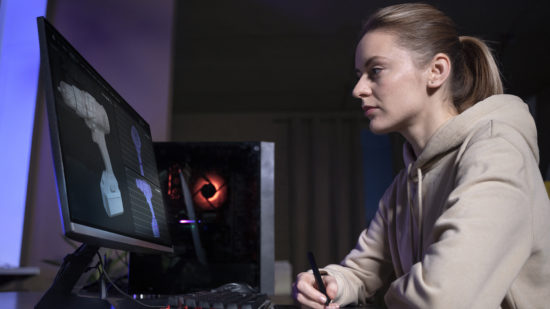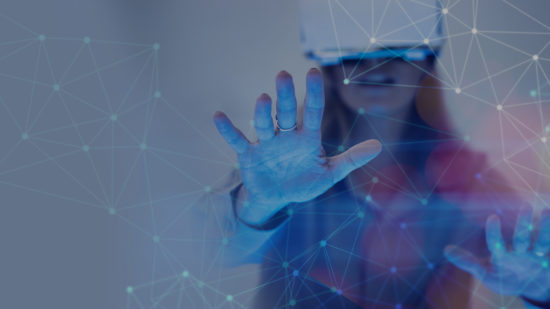It’s safe to say that animation has become the norm in terms of presenting products, characters, and objects in a dynamic and spectacular way. We see it in our games, TV shows, movies, even commercials, so the demand for this type of media is extraordinary. As a result, one accepted and widespread approach used by many companies to meet their animation needs is to outsource animation services.
What is animation outsourcing?
Animation outsourcing is the practice of delegating the production of animation to another company. In other words, you hire a company to create animation for you. This approach is very common among companies that do not have any animators in their staff, as well as those who would like to hire from outside their local talent market.
In this article, we examine various aspects of 2D/3D animation of products, including how it can be outsourced, what kind of sequences you can create, and how the animation process works.
What are the Benefits of Animation Outsourcing?
Choosing to outsource is about more than just fulfilling a need. Depending on your choice of provider, you can also gain multiple advantages impactful to your business.
Saved costs
One of the primary reasons why outsourcing in general is popular has to do with lower costs, and animation is no exception. This business model often involves hiring teams from regions with a lower cost of labor or that are just thriftier in their operating expenses, so both sides end up winning financially.
More talent and experience
Outsourcing providers rarely have just one specialist to offer, and the best ones will have a myriad of experts you can choose from, selecting those with the most experience and best suited to produce the type of animation you need.
Faster delivery
As a direct result of the substantial resources at their disposal, outsourcing providers can deliver projects, products, and content at a much faster rate than most companies could achieve in-house. They are used to working quickly and within time/budget limits.
No entry barriers
Both learning animation and hiring specialists onto the payroll can be quite challenging to a business that has never created such content before, but outsourcing is much simpler. Any company can describe what they need and soon be presented with a clear plan for how it will be done.
Learn more about 2D/3D animation services
Types of Product Animation You Can Create
There is no single standard for creating product animation. In fact, over the years, we have seen multiple animation forms focused on products emerge. Let’s examine some of them.
1. CGI clips
Computer-generated animation involves creating a full 3D model of a product, giving it color and other features, and establishing how it will move within the scene. This type is highly valued because the product can look flawless and much sleeker in 3D than it ever could in a photo or video.
2. VFX
VFX stands for visual effects, and they are used to tune the movements of everything else happening to and around the objects in a scene. This could be something subtle like modifying a video clip with the item to remove some blemishes or something more impactful like adding splash effects, explosions, and transitions of light.
3. 2D Demos
2D animation remains a popular style in many forms of media, so you could certainly use it to show off your product. The format also allows you to step away from realism and play around with the laws of physics, creating a spectacle that is eye-catching and entertaining.
4. Process animation
Process animation is one of the most popular choices in the commercial sector, mainly being used to show how a product works, what its structure is like, and highlighting the things that it does better than competitors.
5. Engineering/design animation
Animation can also be a valuable reference during product design and redesign. As engineers and designers come up with new ideas for a product, testing and evaluating them out through an architectural animation (or another industry-specific one) can be a relatively affordable alternative to creating a full pathfinder.
What is the Process of Creating Product Animation?
The last thing you want to do with your animation is to go into it blind or fail to think everything through before spending hours on something that doesn’t look good in the end. Thankfully, you can avoid these pitfalls by adhering to a comprehensive process used by most experts. We will be focusing on the 3D format, since the 2D animation cost and stages are pretty easy to grasp and calculate.
Planning & references
You should start by getting a handle on the goals of the animation – do you want to use it to inform, to entertain, to dazzle? What will the plot of the video be? All of these things and more are explored during the planning phase. Additionally, references of the product (photo, video, physical model, etc.) and any other relevant materials are collected for art outsourcing estimation.
Sketches and storyboard
Now that you have the concept of the animation and supporting materials locked down, you can create preliminary sketches and storyboards of how the clip will progress. Usually, this is done by the same artists and animators that will later bring everything to life, and should be approved by the person (or people) in charge of the project.
Modeling and texturing
This is perhaps the lengthiest stage, considering that 3D models often take days or weeks to create. You’ll probably want your model to be as detailed as possible, so the modelers will work towards a high-fidelity and high-poly model. In parallel, the team will create a 2D texture map that will be pulled on top of the 3D model and give it color, material texture, and other crucial lifelike characteristics.
Rigging and skinning
In some cases, you don’t need to manipulate your product model much, and can just show it from different angles. However, if it will experience any movement or transformation that alters its shape or position, it is recommended to create a ‘skeleton’ with joints for it through a process called rigging. The joints are bound to the model with a process known as skinning.
Production
At this point, all of the 2D and 3D assets are integrated into a virtual environment (such as a game engine), where the scenes start to form. Usually, this is also the point where lighting, VFX, and sound effects are implemented. Finally, the end product is bundled by the software and turned into a completed clip.
4 Tips for Spectacular Product Animation
Over many years of creating animation, our team has picked up some great practices and tips that make the animation process easier. You might find them helpful as well.
-
Aim for an emotional connection
If your goal is to get people acquainted with your product and buy it, the animation should evoke a positive association with the product. You can achieve this with a mix of music, an engaging plot, and perhaps even just showing people or characters enjoying the product.
-
Keep the frame clean and well-lighted
To show off the product in the best light, you really need the best light. Thus, make sure that the scene is well illuminated and the product seen very clearly. Peripheral objects and environments are usually also designed with orderliness in mind.
-
Show and tell in sync
Voiceover is a common part of many animation videos, but it will only have an impact if it happens in parallel with the animation. For example, if you are talking about how the product works, an animation of its color variants available will only distract from the information.
-
Leave a simple takeaway
It’s perfectly fine for an animation to be thorough in mentioning all of a product’s strengths and selling points, but it is not recommended to overburden the viewer with information. Instead, try to round out the clip with a few main points they should remember and possibly a call to action to buy the item.
Finding a Product Animation Company
With hundreds of studios out there providing animation services, you are welcome to dive in and look for the one best suited for your project. One option instantly available is 3D-Ace. Our studio has dozens of experts in the fields of 2D/3D design, animation & VFX, and other related services.
It will be a pleasure for us to hear about your project and come up with a plan for getting it done. We will be sure to consider your wishes, specifications, and any references you can provide.
You are welcome to check out our existing portfolio of work and send us a message when you are ready to get started.
